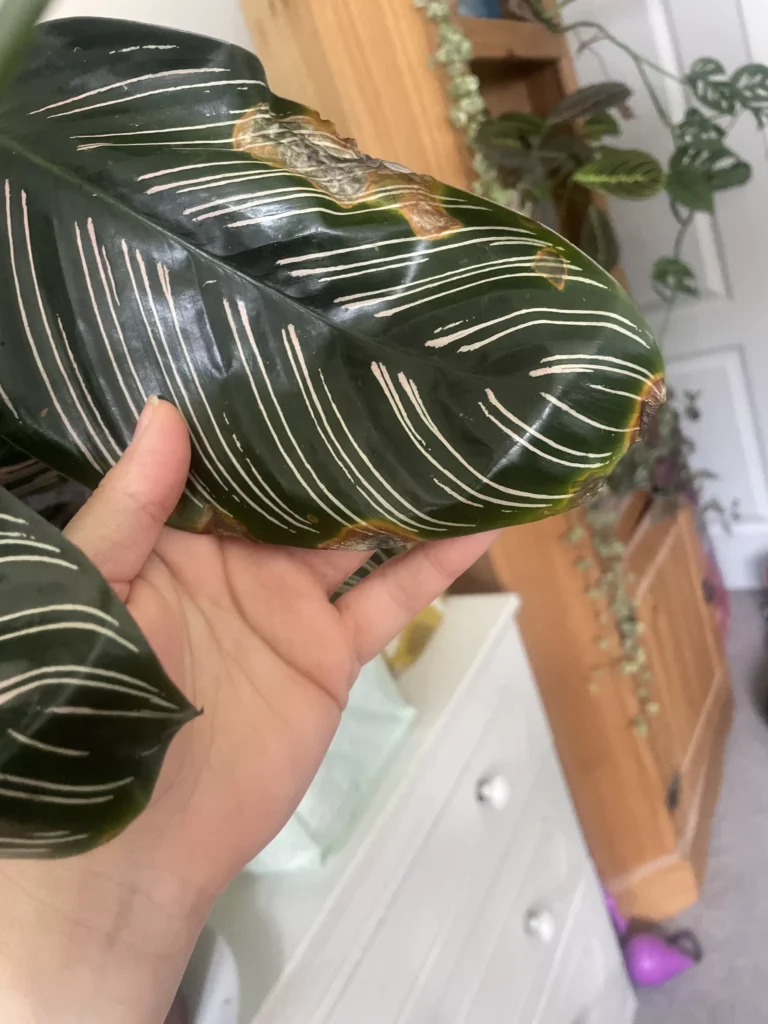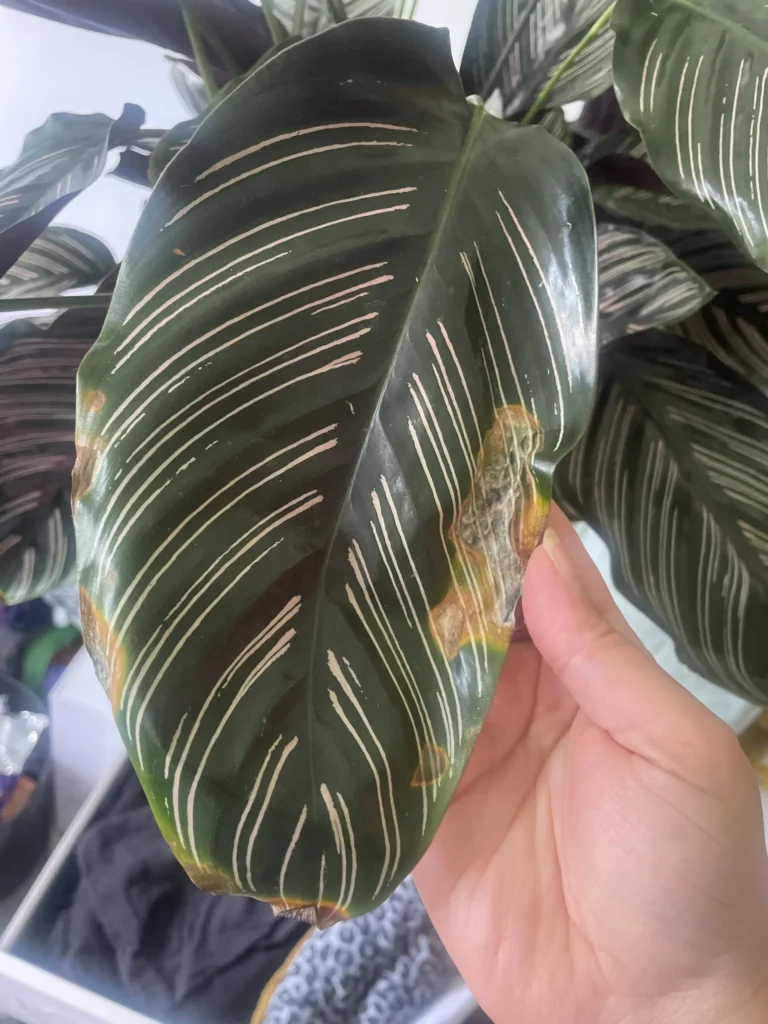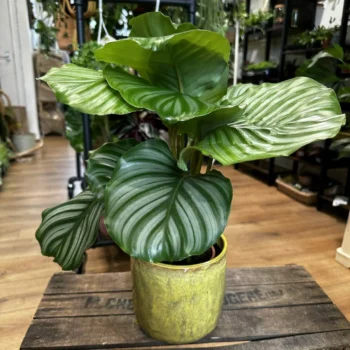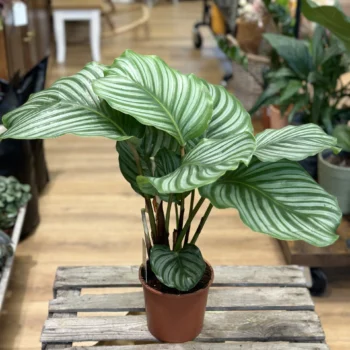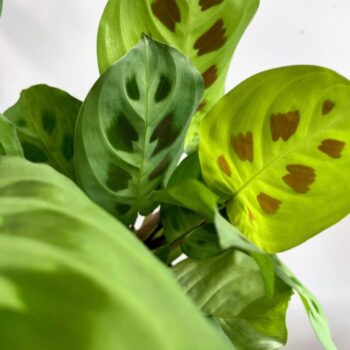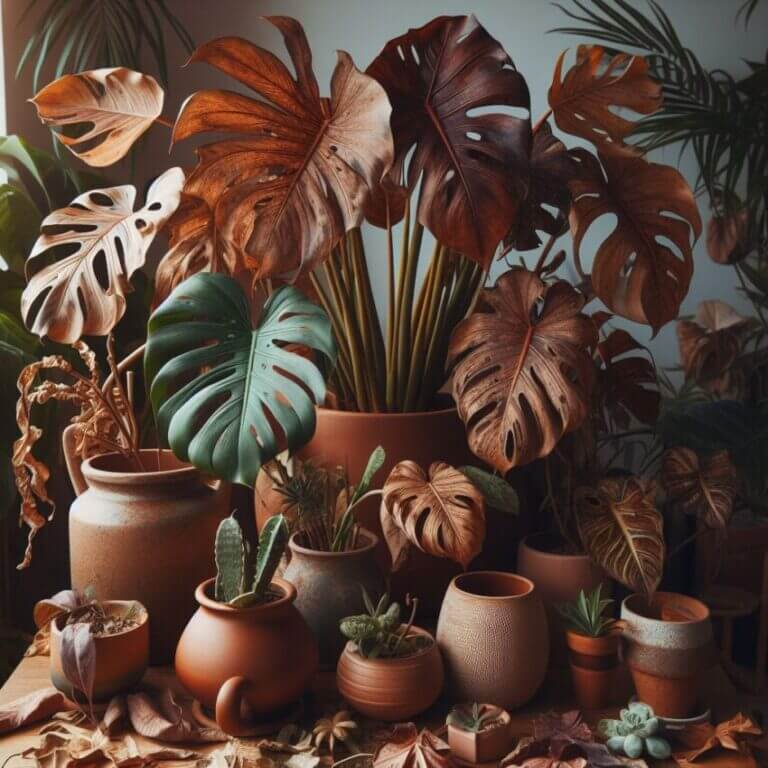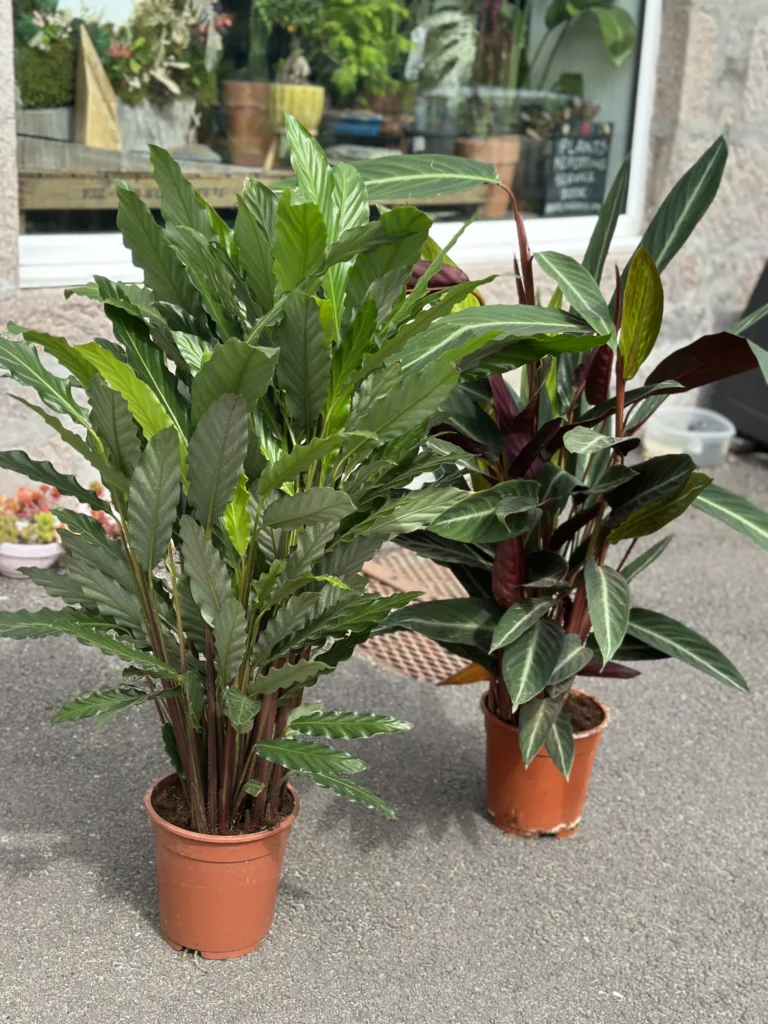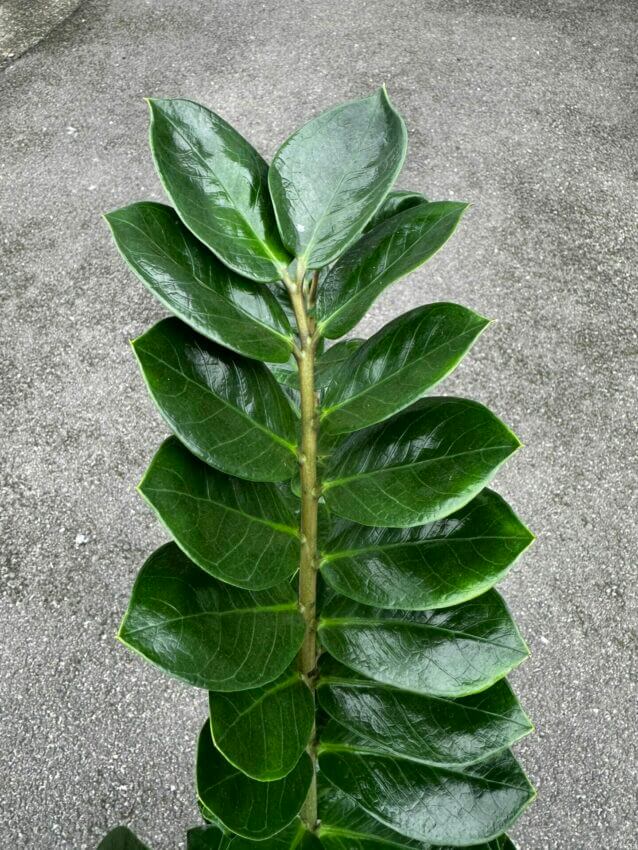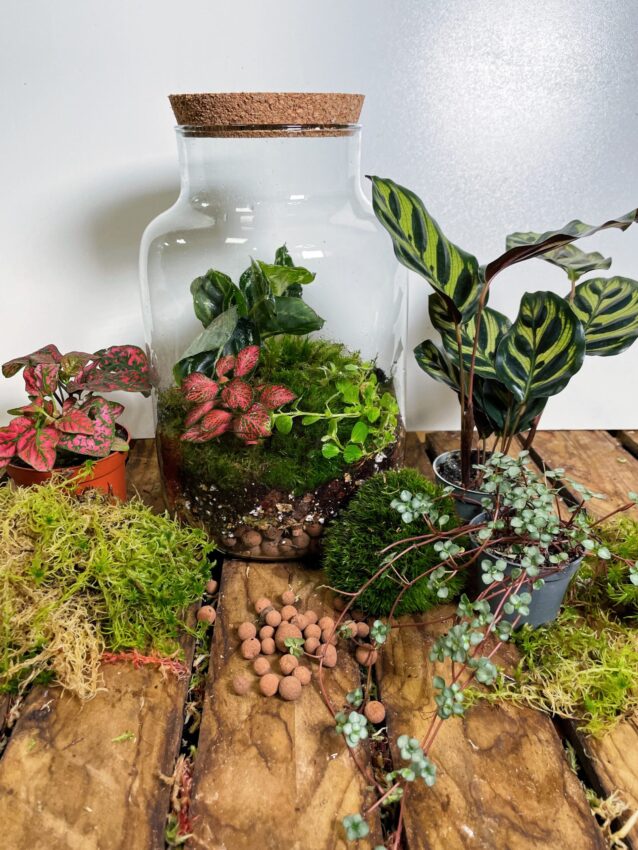Calathea & Prayer Plant Troubleshooting: Yellow Leaves and Dry Edges
Calathea and Maranta, commonly known as the Prayer Plant, are beloved for their intricate patterns and dynamic leaf movements. Those beautiful plants can thrive in lower and medium lighting conditions and are often chosen as the first plants because they are both forgiving and have fast growth.
However, they may be sometimes a little fussy, showing signs of unhappiness through yellowing leaves, brown patches and crispy brown edges. If you’re facing these issues, this guide will help you identify the most common reasons for these problems and provide effective solutions.
Why Are The Leaves Turning Yellow and Crispy?
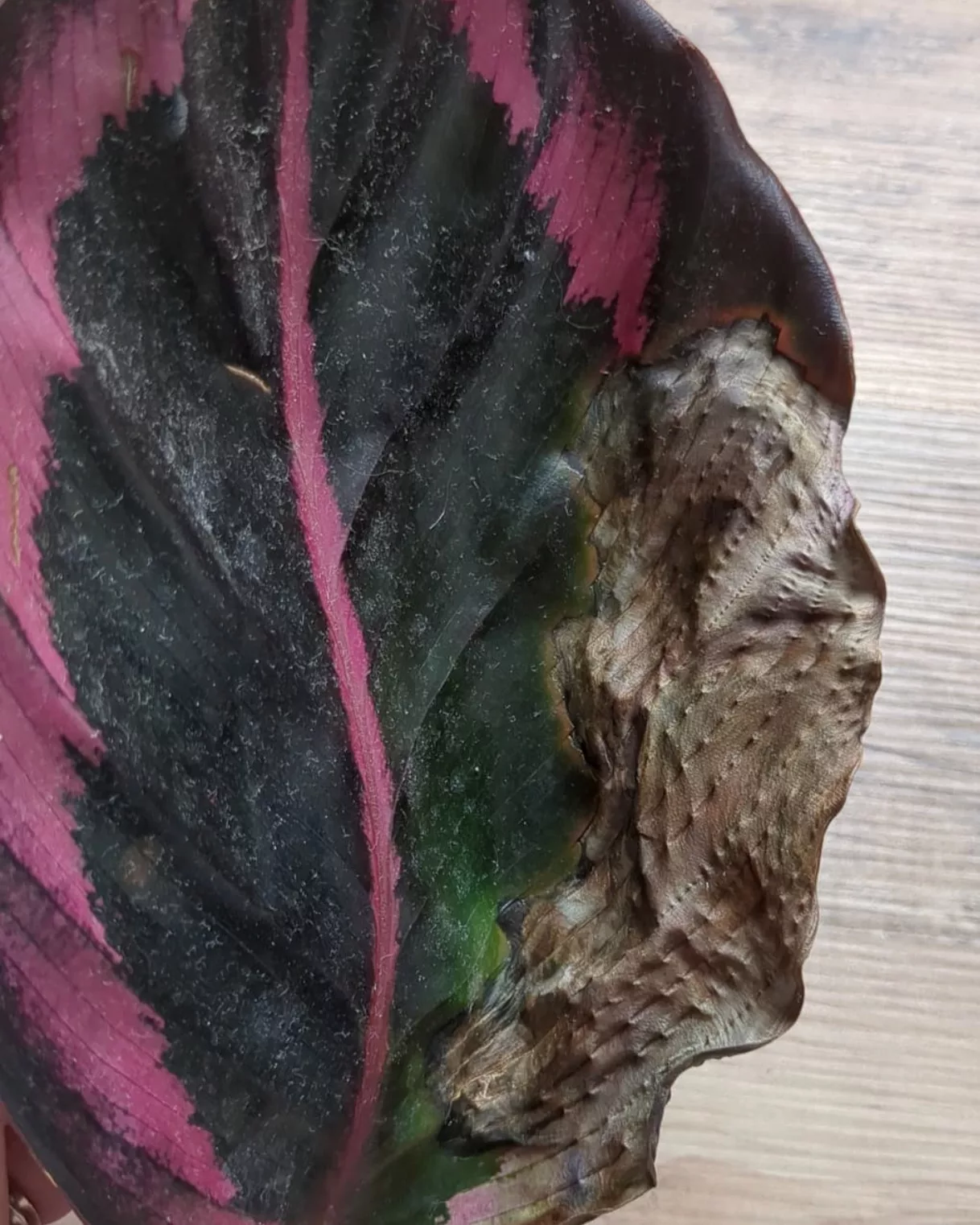
Low Humidity
Originating from humid, tropical rainforests, these plants have evolved to thrive in areas with high humidity levels. In a dry environment, typical of many British homes, the leaves might show signs of distress, developing brown and crispy edges. This happens often during the winter when heating your home dries out the air.

Natural Aging
Plants, like all living beings, have a life cycle. It’s natural for older leaves to yellow, wither, and fall off, making way for fresh, new growth. It’s essential to differentiate between natural ageing and other plant care issues to address them effectively. Old leaves usually will gradually first turn into a pale yellow colour to finish with brown.

The Water Balance
Watering plays a crucial role in plant care. Striking the right balance is not always easy but very important for Calathea and Prayer plants. Both under-watering and over-watering can manifest as plant issues, leading to yellowing leaves, brown edges, and even root rot for these tropical beauties in case of overwatering. Overwatered plants often have brown spots with a yellowish line around whereas under-watered plants tend to have brown edges.

Pests
Even when kept indoors all year round our precious plants are not immune to the occasional pest problem, especially spider mites which love Calathea plants! But the reason behind dying leaves could be also aphids, thrips or mealybugs. Faded leaves, with discolourations and spots as well as noticeable bugs on leaves, indicate pest infestation.
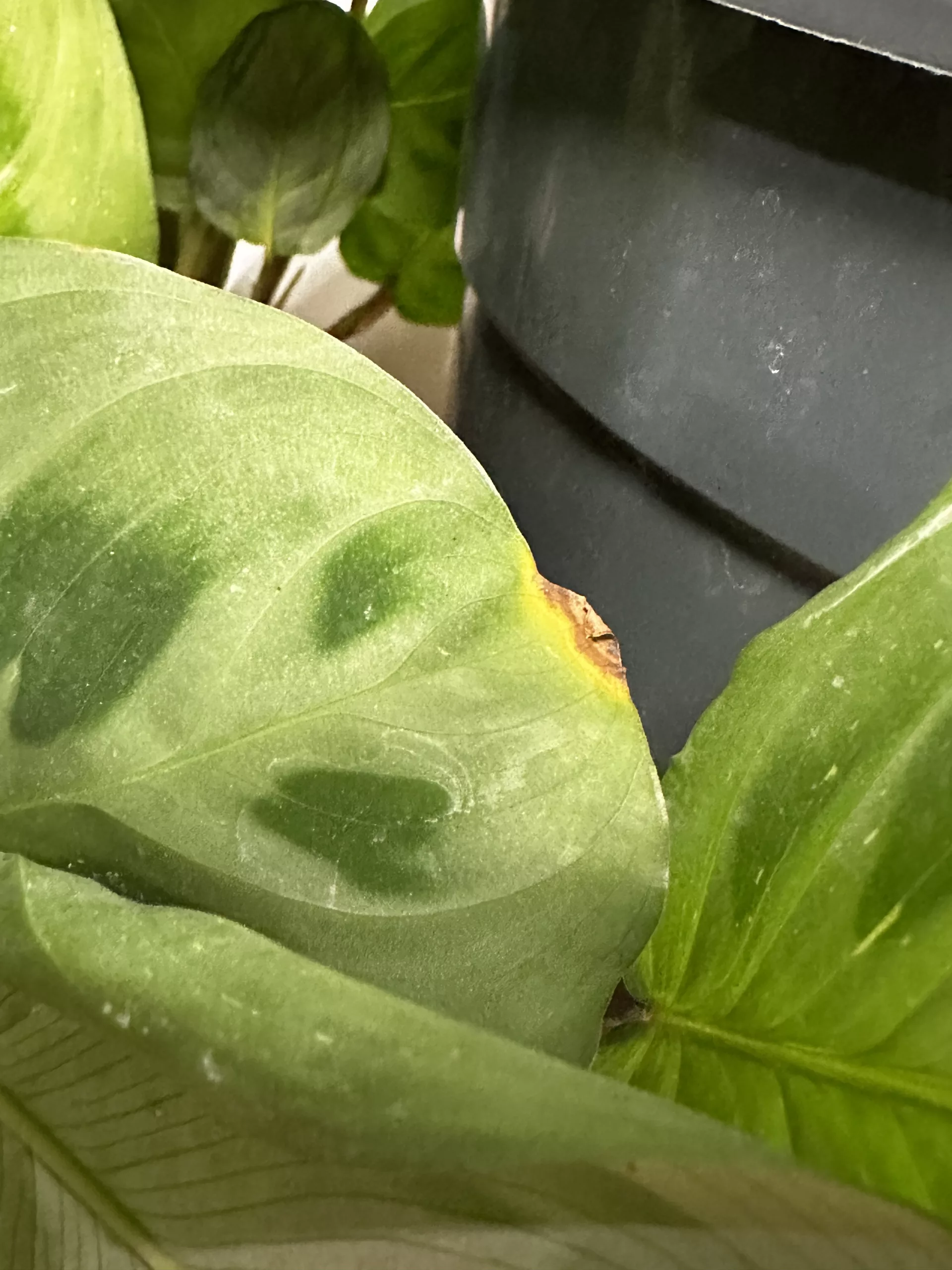
Poor Water Quality
Tap water is often rich in minerals, salts, and chemicals like chlorine. These elements can be harsh for sensitive plants like Calatheas and Prayer Plants, leading to plant issues such as yellowing or leaf burn.

Exposure to Excessive Sunlight
A common mistake in calathea and plant care is placing them in an environment they’re not suited for. Unlike many plants, Calatheas and Prayer Plants are not strong sun-seekers. Extended periods of time in direct sunlight as well as under full spectrum lights can cause their leaves to turn yellow or brown and become crispy. Sometimes the damage occurs on the edges and sometimes covers other parts of the leaf.
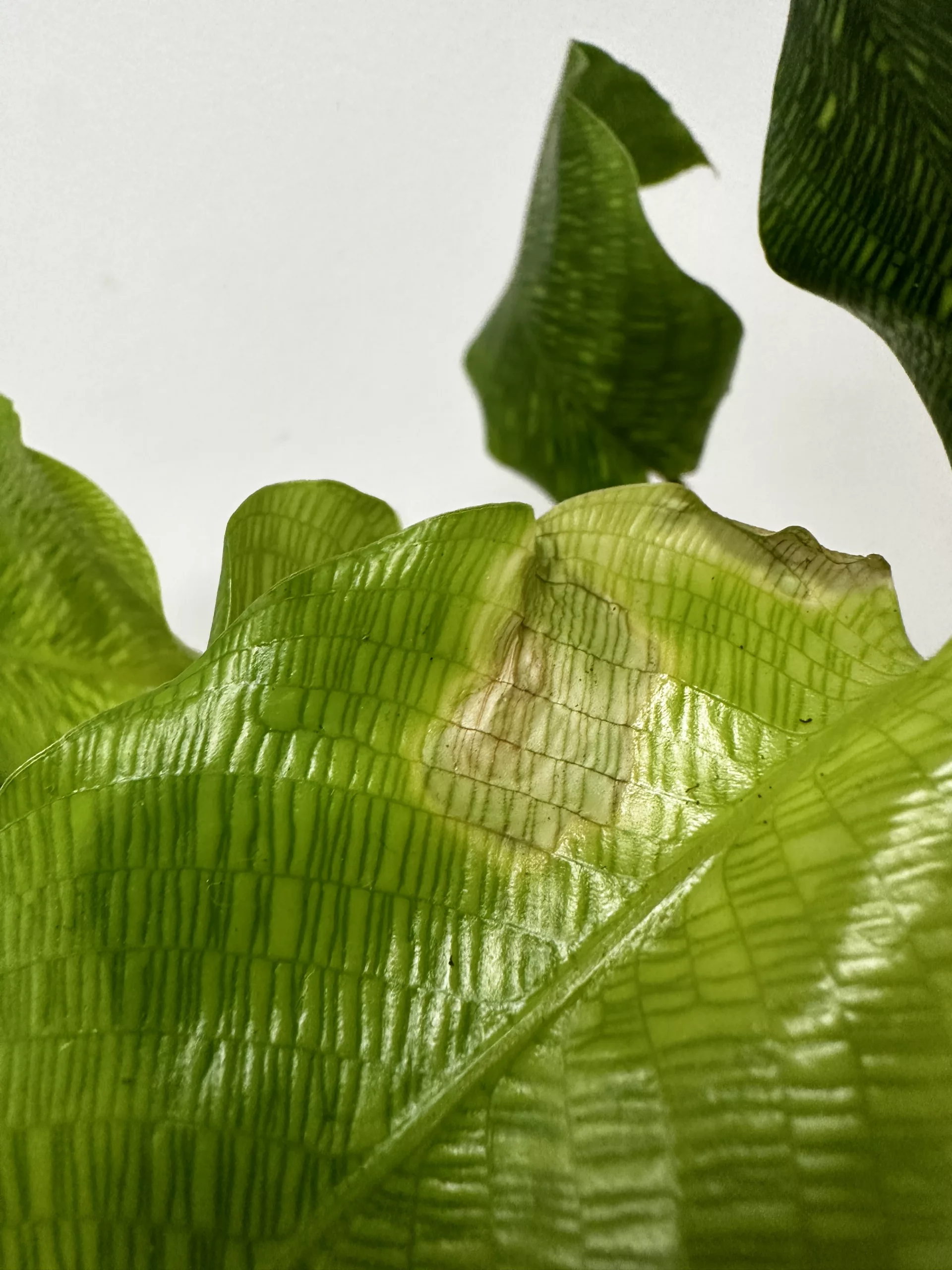
Temperature Fluctuations
Rapid temperature shifts, either from cold drafts or direct heat sources, can stress Calatheas and Prayer Plants, affecting their overall health and resulting in yellowing leaves.

Poor Soil Quality
The type and quality of soil play a significant role in plant health. A soil that doesn’t drain well can retain excess water, leading to root rot, while nutrient-deficient soil can stunt growth. We do make our own rather lovely Maranta and Calathea Soil Mix!
Conclusion
Tending to Calatheas and Prayer Plants requires a bit of attention to detail, but the effort is well worth it. Address any issues systematically, observing your plant’s reaction to each change. Over time, with patience and understanding, you can create the perfect environment for these captivating plants to thrive and understand what works for them and what does not. It’s important to understand that sometimes yellowing has a few reasons behind it and the best approach is to eliminate every cause and work the way through all potential issues.


